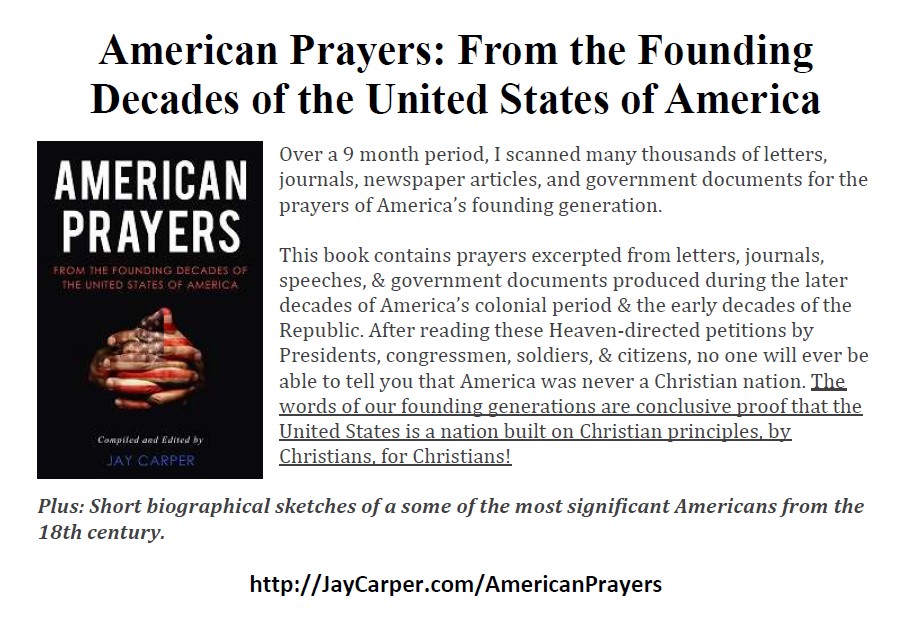To Peter Collinson
SIR,
I am glad the perusal of the magical squares afforded you any amusement. I now send you the magical circle.
Its properties, besides those mentioned in my former, are these.
Half the number in any radial row, added with half the
A Magic Circle of Circles.
central number, make 180, equal to the number of degrees in a semi-circle.
Also half the numbers in any one of the concentric circles, taken either above or below the horizontal double line, with half the central number, make 180.
And if any four adjoining numbers, standing nearly in a square, be taken from any part, and added with half the central number, they make 180.
There are, moreover, included four other sets of circular spaces, excentric with respect to the first, each of these sets containing five spaces. The centers of the circles that bound them, are at A, B, C, and D. Each set, for the more easy distinguishing them from the first, are drawn with a different colour’d ink, red, blue, green, and yellow.
These sets of excentric circular spaces intersect those of the concentric, and each other; and yet the numbers contained in each of the twenty excentric spaces, taken all around, make, with the central number, the same sum as those in each of the 8 concentric, viz. 360. The halves, also of those drawn from the centers A and C, taken above or below the double horizontal line, and of those drawn from centers B and D, taken to the right or left of the vertical line, do, with half the central number, make just 180.
It may be observed, that there is not one of the numbers but what belongs at least to two of the different circular spaces; some to three, some to four, some to five; and yet they are all so placed as never to break the required number 360, in any of the 28 circular spaces within the primitive circle.
These interwoven circles make so perplexed an appearance, that it is not easy for the eye to trace every circle of numbers one would examine, through all the maze of circles intersected by it; but if you fix one foot of the compasses in either of the centers, and extend the other to any number in the circle you would examine belonging to that center, the moving foot will point the others out, by passing round over all the numbers of that circle successively.
I am, &c.
1752?
